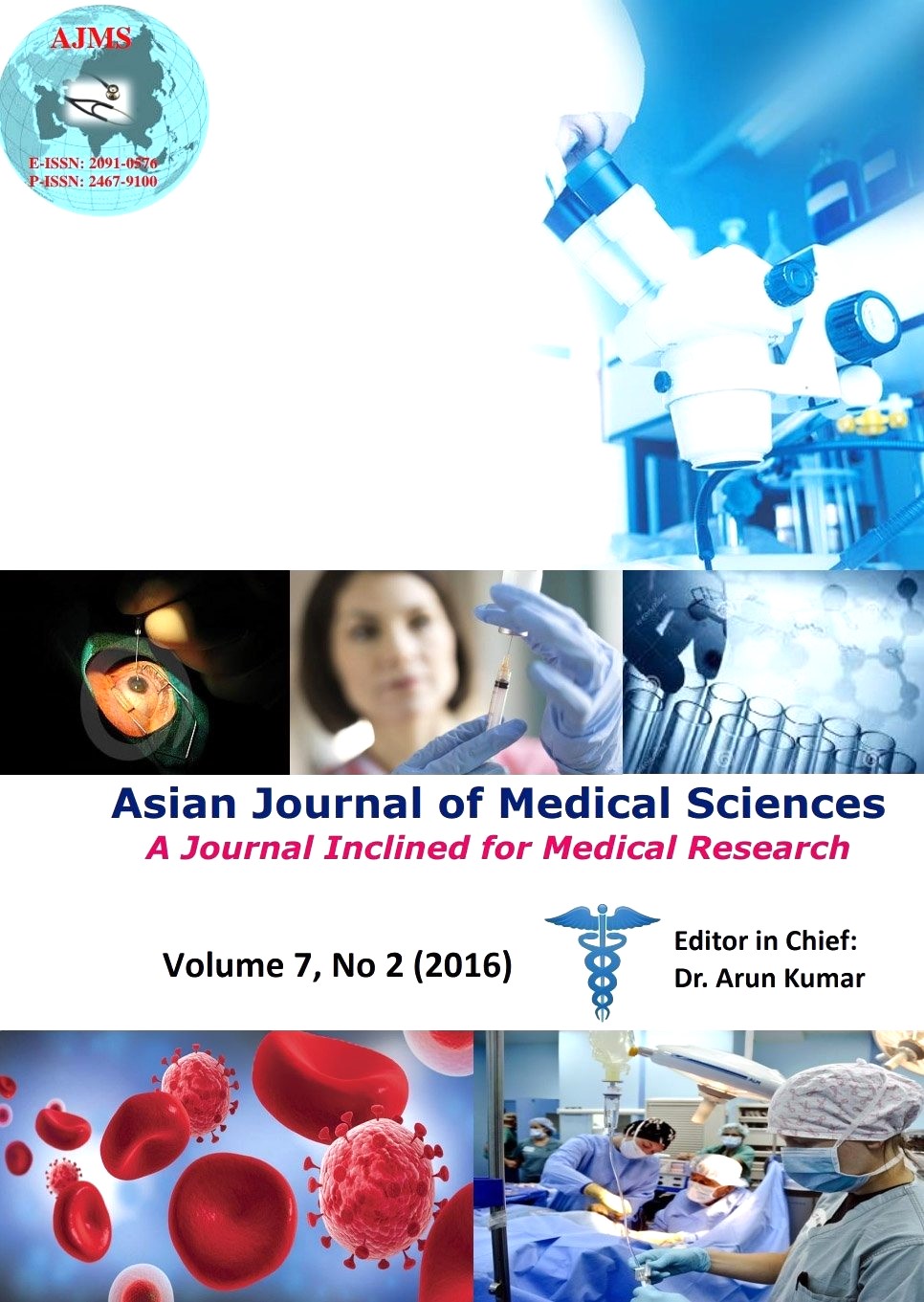Retrospective study of outcome in patients with scorpion sting using prazosin with/without dobutamine
Keywords:
Scorpion sting, Prazosin, Dobutamine, Outcome, 2DECHOAbstract
Introduction: Scorpion sting is a major public health problem in India with severe life threatening complications. Toxin can cause autonomic overstimulation leading to hypertension, arrhythmias and pulmonary edema with left ventricular dysfunction. Prazosin has been the ideal antidote for patients with mild to moderate envenomation. In patients with severe envenomation, dobutamine is found to be very useful to prevent morbidity and mortality.
Materials and Methods: Retrospective study was done on patients admitted from March 2011 to November 2013 with a history of scorpion bite and adults aged between 20-60 yrs were included. All the patients were subjected to grading of envenomation as mild, moderate and severe degree. Prazosin was given to all 80 patients and dobutamine was given to those who did not show response to prazosin.
Results: Majority of patients were in the age group of 31-40 years followed by 21-30 years. Mean age was 31.23±7.23 years. Fifty four patients (67.5%) were male and twenty six (32.5%) were female. 28 patients had mild envenomation, 36 had moderate envenomation and 16 had severe envenomation. 83.33% of patients responded to dobutamine infusion in prazosin resistant cases in our study.
Conclusion: Early use of dobutamine should be considered in patients with severe envenomation with left ventricular dysfunction to prevent morbidity and mortality. 2D echo has to be considered to assess left ventricular dysfunction and need for early use of dobutamine.
Asian Journal of Medical Sciences Vol.7(2) 2015 61-63
Downloads
Downloads
Published
How to Cite
Issue
Section
License
Authors who publish with this journal agree to the following terms:
- The journal holds copyright and publishes the work under a Creative Commons CC-BY-NC license that permits use, distribution and reprduction in any medium, provided the original work is properly cited and is not used for commercial purposes. The journal should be recognised as the original publisher of this work.
- Authors are able to enter into separate, additional contractual arrangements for the non-exclusive distribution of the journal's published version of the work (e.g., post it to an institutional repository or publish it in a book), with an acknowledgement of its initial publication in this journal.
- Authors are permitted and encouraged to post their work online (e.g., in institutional repositories or on their website) prior to and during the submission process, as it can lead to productive exchanges, as well as earlier and greater citation of published work (See The Effect of Open Access).




